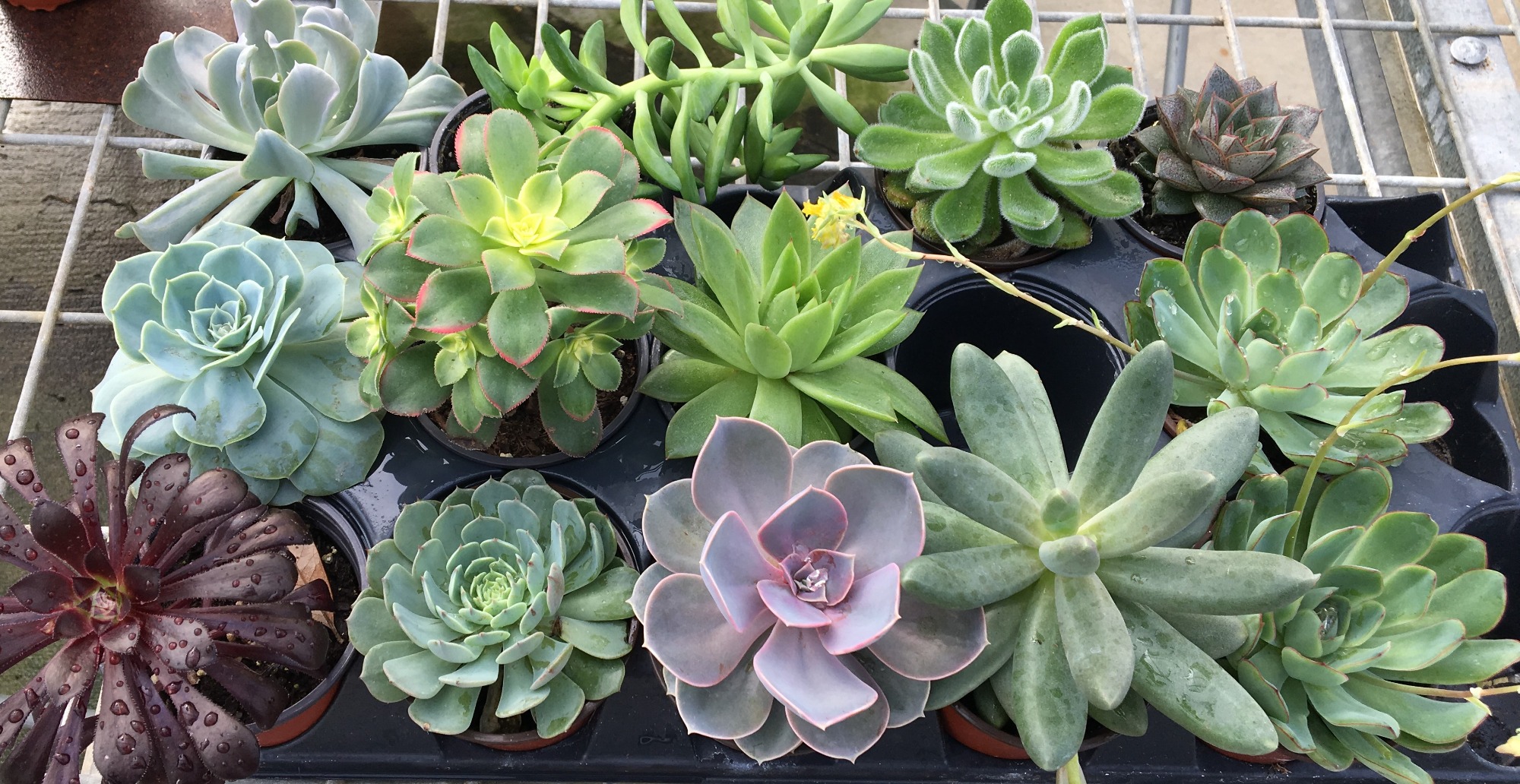How To Plant And Care For Sedum Succulent?
Sedum has a wide variety of succulents, including annual, biennial, and perennial ground cover, subshrubs, and shrubs. Most sedum blooms in summer and autumn, and its name comes from the growth habit of sedum. The flesh quality and color of sedum are also diverse, so how to pant and care for sedum succulent?

Sedum succulent growing conditions
Most succulents can tolerate all kinds of harsh conditions, and Sedum is no exception.
Illumination
Sedum, like other succulents, needs to absorb sunlight for about an hour or more. If you don't have enough light in your home, it is recommended that Sedum grows under a grow light.
Soil
Sedum is the least fond of soil with water, so when we cultivate them, we must always pay attention to drainage. It is best to choose a soil mixture with good drainage.
Temperature
Sedum can survive in hot conditions and grow in cold climates. This is why it is more suitable for beginners in planting succulents.
Sedum succulent daily care
Watering habit
Sedum is a drought-tolerant and succulent species. In terms of watering, it only needs to be watered regularly in spring and autumn. Just like other succulents, wait until the soil is dry before watering. When watering, avoid leaves, stems, and flowers.
Fertilization habits
Every spring is the best time to fertilize so that the plants can get more nutrients.
Prune
Pruning branches and leaves do not need to be done frequently unless the sedum grows wildly. Or there are dead leaves that need to be pruned.

How does sedum succulent reproduce?
1. Stem cuttings
Propagating sedum from stem cuttings is the easiest method of propagation. When spring comes every year, it is the best time for stem cuttings to reproduce. Choose a healthy stem and remove it and place it in a well-draining soil mixture. Water a little until the cuttings take root.
2. Leaves
We can pick the healthy leaves of sedum, remove them from the plant, and also put them in a well-drained soil mixture. Keep the soil moist, and new plantlets will form after about 2-3 weeks after the leaves take root.
3. Seeds
Seed reproduction is the slowest method of sedum reproduction. Spring and summer are the best seasons for sedum sowing. They are also placed in well-drained soil and keep the soil moist until the seeds germinate. This period will be relatively long, but it is really worth the wait.
Sedum succulent pest protection
Although sedum seldom has disease and insect damage, it is better to protect it. Especially when watering is improperly or excessively, sedum may be invaded by scale insects and powder clams. In addition, if Sedum is in a humid environment for a long time, it will show symptoms such as rot and mold.
